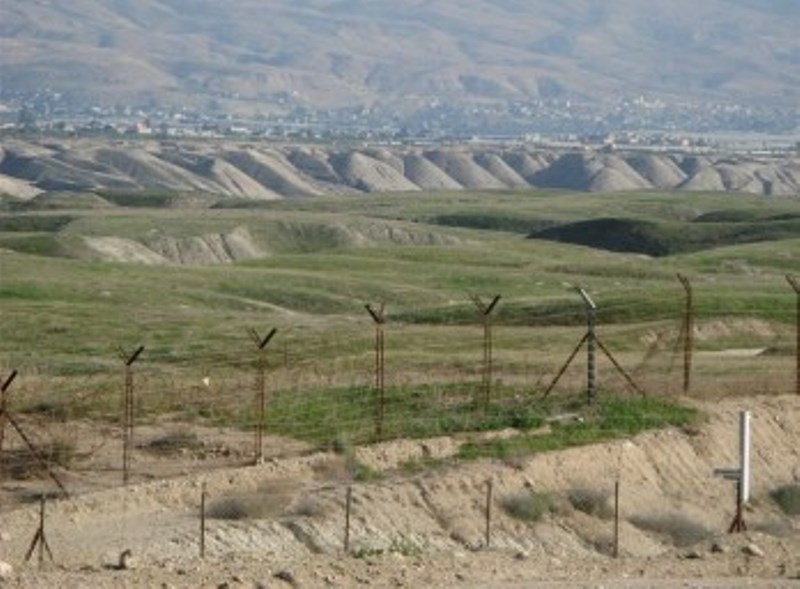Tajikistan and Uzbekistan have set up a working group on demining their common border and the demining operation along the Uzbek-Tajik border is expected to be launched in mid-May.
“To-date, a joint working group has been set up on defusing artificial obstacles in border areas and the demining operation along the Uzbek-Tajik border will be launched, most likely, in mid-May,” a source in the Tajik power-wielding structures told Asia-Plus in an interview.
The source refrained from giving further details.
During Uzbek president’s state visit to Tajikistan that took place on March 9-10 this year, the two sides reportedly agreed that the demining operation along the Uzbek-Tajik border will be completed by the end of 2019.
Recall, the Uzbek authorities began laying landmines along its undemarcated border with Tajikistan in 2000. The action was reportedly taken to stave off incursions by the Islamic Movement of Uzbekistan (IMU). To date, no one Uzbek militant has been blown up by these mines, while casualties among the civilian Tajik population have increased. Most of the victims were women and children who were gathering firewood along the border as well as shepherds pasturing cattle in the areas. Almost all who have survived have become disabled for life.
Tajikistan signed the Convention on the Prohibition on the Use, Stockpiling, Production and Transfer of Antipersonnel Mines and on their Destruction (the Ottawa Convention) in 2000. All signatory states undertook to ensure the destruction of all anti-personnel land mines they possess, as soon as possible but no later than 10 years after signing the convention.
Tajikistan’s Red Crescent Society (RCS) launched a special program, entitled Raising Awareness of Mines and Unexploded Ordnance, in January 2002. The goal was to cut the number of casualties by teaching local people in affected areas some rules of safe conduct. Specialists say fewer people have stepped on mines since the project was launched.




